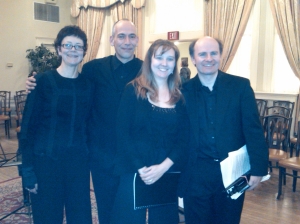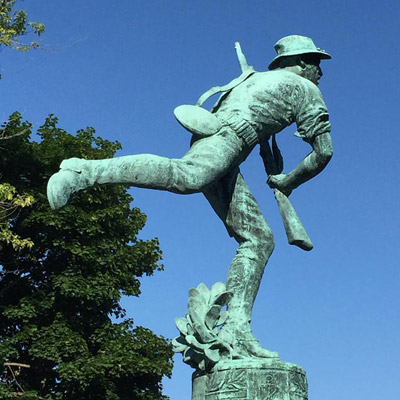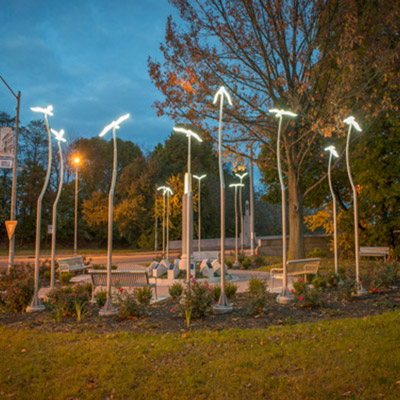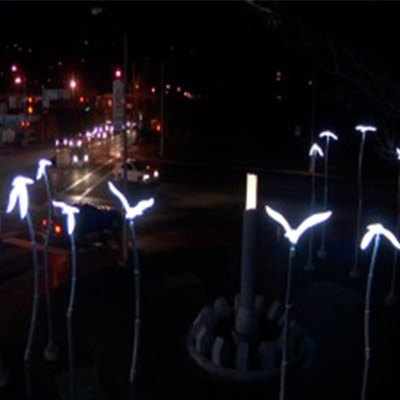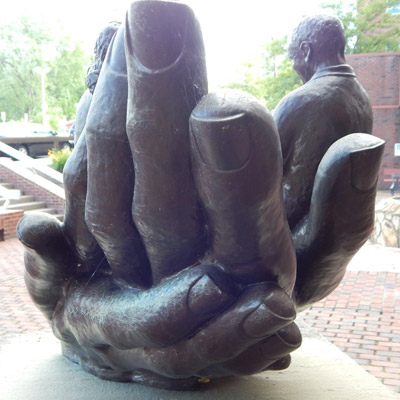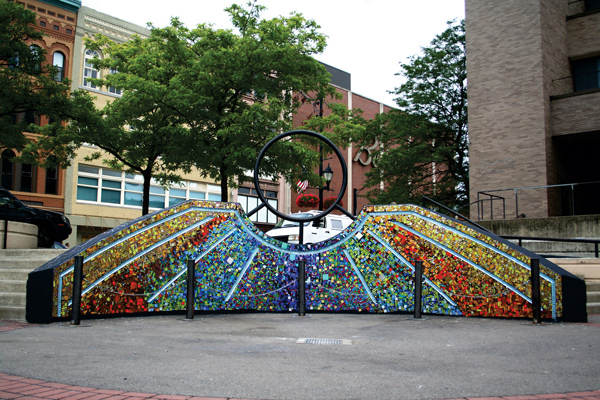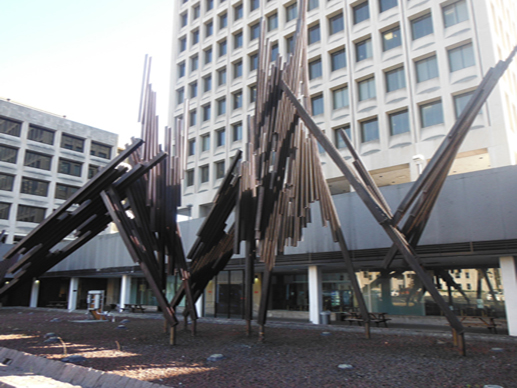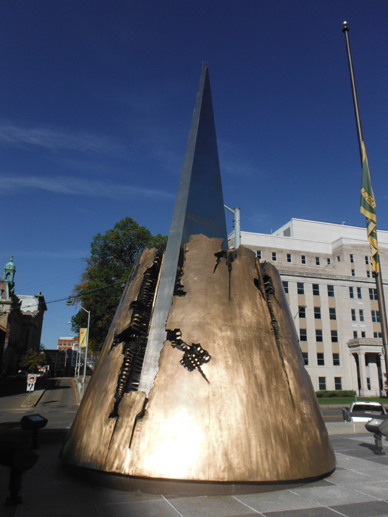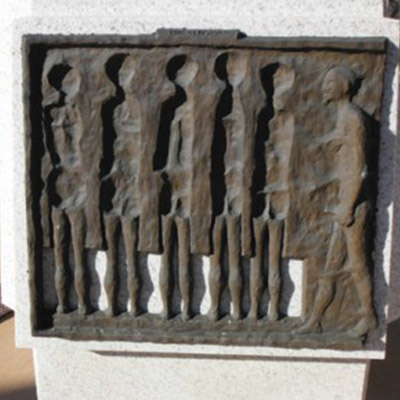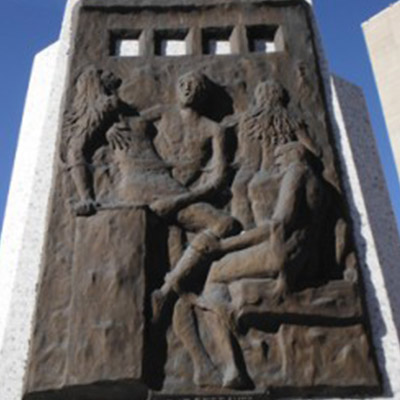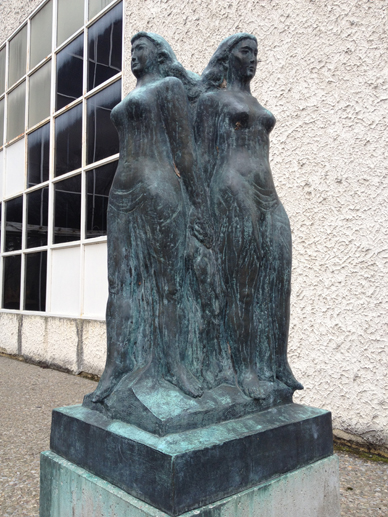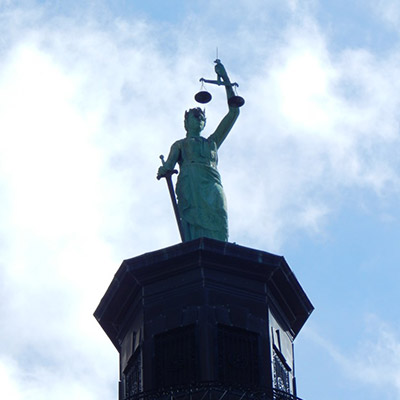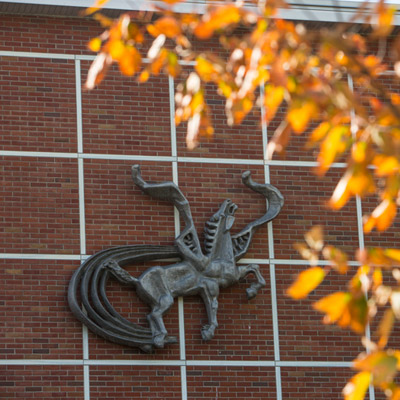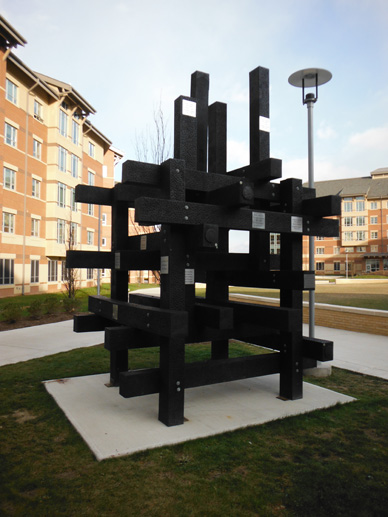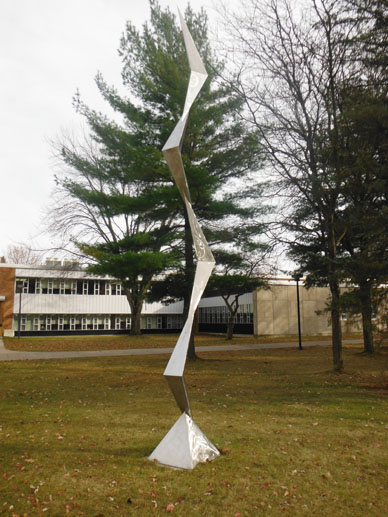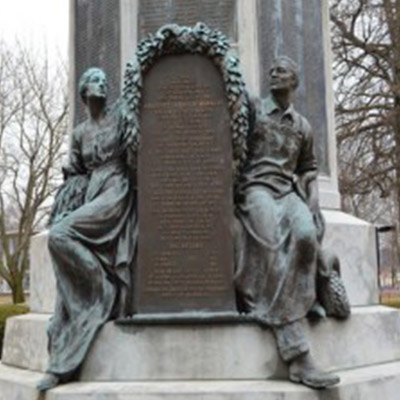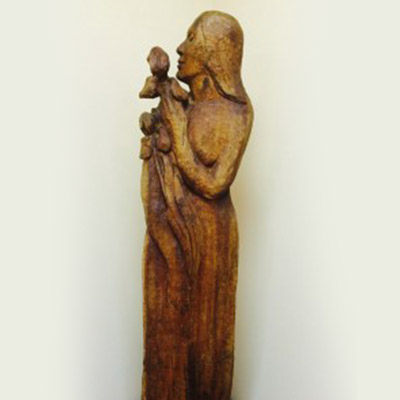Ensemble members are violinists Uli Speth and Amy Christian, violist Martha Brody and cellist Hakan Tayga-Hromek, the Binghamton Philharmonic’s four principal string players. And much like the world-class string quartets around today, their style is high-octane, aerobic and pushing the envelope of playable tempos.
Despite the foursome making very little eye contact with each other, their performances were near flawless — except for a few measures of confusion (quickly rectified) in the second movement of Mendelssohn’s “String Quartet, No. 3 in D Major.”
Before the meat-and-potatoes portion of the program — the Mendelssohn and Schubert’s “String Quartet No. 14 in D Major (‘Death and the Maiden’)” — the audience was treated to a performance of Binghamton University Music Professor Paul Goldstaub’s “Quartet” (1997). Inspired by Shakepeare’s “The Taming of the Shrew,” the short piece was quirky, with driving rhythms depicting the bullying, swaggering character of Petruchio, the tamer of the “shrew.”
The concert’s clever theme paid tribute to the intersection of Schubert and Mendelssohn streets on Binghamton’s West Side, where several streets were named for composers by classical-music-loving German immigrants.
Going against classical concert etiquette, the audience enthusiastically applauded Novo4tet after the first movement of the Mendelssohn – and rightly so. It was a work unto itself and played with great aplomb. (See Nov. 20, 2009, post: When to clap and why.)
“Death and the Maiden” is one of the pinnacles of the string quartet repertoire and was a radical piece for its time, the 1820s. The popular title came from the piano accompaniment to Schubert’s 1817 song of the same name, which he borrowed for the quartet’s second movement.
The quartet requires stamina, with its opening movement among the most extended and substantial in Schubert’s chamber music output, if not in his output as a whole. By the fourth movement, Novo4tet raced through the relentless finale-tarantella to the finish, without even seeming winded.
Their performance of the Schubert left this reviewer speechless, or rather wordless – and emotionally drained.
There have been some 40 chamber concerts since the onset of the Phelps Museum Second Sunday at the Phelps concert series; Novo4tet also played for the debut performance. May the series continue for another 40 concerts, featuring this group again and again.
Upcoming concerts in this series
- Feb. 14: Mezzo-soprano Hong Zhang and pianist Pej Reitz celebrate Chinese New Year with “Song of Silk”
- April 11: Violinist Janie Choi and friends demonstrate “The Effect of Music on Art”
- Sept. 12: Tenor Steven Nanni and pianist Mary Lou Muratori
- Oct. 10: Cellist Hakan Tayga-Hromek and pianist Stephen Zank.
All concerts are at 3 p.m. at the Phelps Mansion, 191 Court St. Binghamton.

